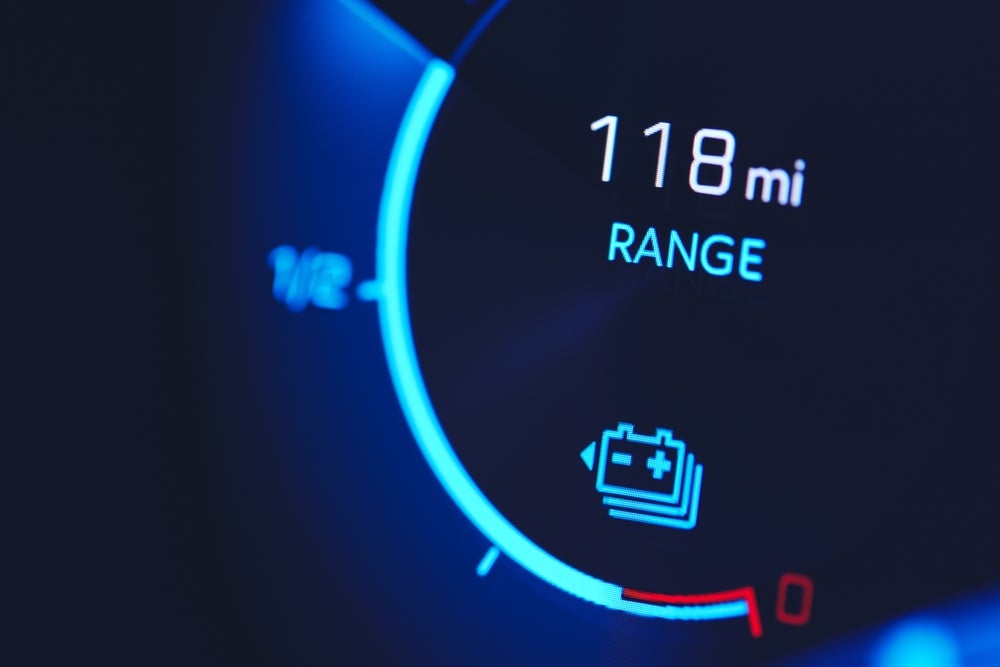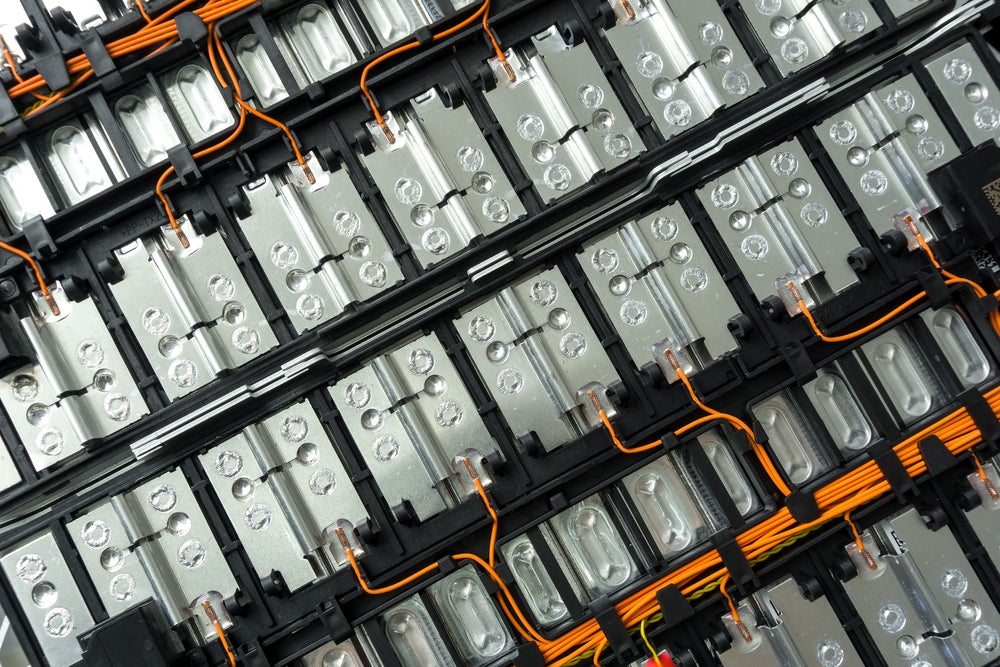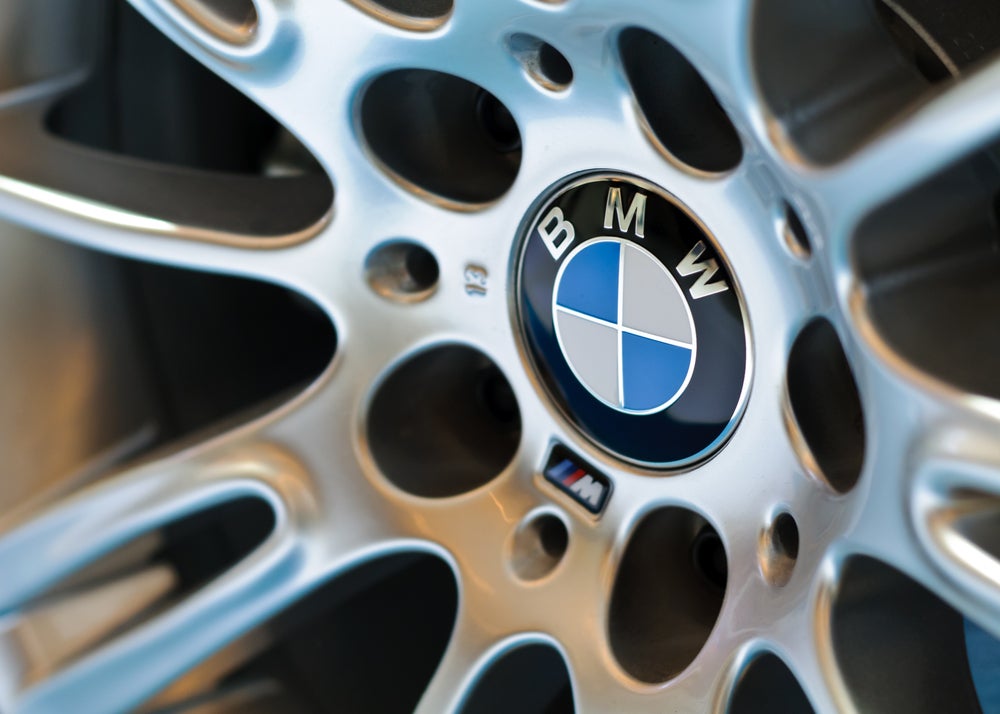
According to a statement by Eatron Technologies and WMG, the partners have developed a new approach to estimating accurately an electric vehicle battery’s remaining useful life, helping to unlock additional performance, greater range, and increased levels of safety.
Developed with funding from the Faraday Institution, the collaborative project (known as VIPER – Validated & Integrated Platform for battery Remaining useful life) has combined WMG’s advanced electrochemical models with Eatron’s cloud battery management and integration expertise to deliver Remaining Useful Life (RUL) estimates that are more than 90% accurate.
The condition and performance of a battery changes as the cells within it age over time. If this natural degradation is not monitored closely, it can lead to cell failures with serious consequences.
According to the statement, traditional RUL estimates often rely on simple voltage-based analytics that may miss complex failure conditions, potentially risking the safety of consumers, while others that err on the side of caution may result in perfectly healthy battery packs being unnecessarily rendered unusable.
By accurately predicting a battery’s RUL, it becomes possible to extract the maximum performance and longevity from it, without compromising safety.
The solution developed by Eatron and WMG can be embedded in an automotive-grade battery management system (BMS) or deployed across a cloud-based platform, a concept that is particularly appealing for fleet applications.
How well do you really know your competitors?
Access the most comprehensive Company Profiles on the market, powered by GlobalData. Save hours of research. Gain competitive edge.

Thank you!
Your download email will arrive shortly
Not ready to buy yet? Download a free sample
We are confident about the unique quality of our Company Profiles. However, we want you to make the most beneficial decision for your business, so we offer a free sample that you can download by submitting the below form
By GlobalDataIn addition, when an automotive battery is eventually redeployed into its second life, it can be accompanied by an accurate picture of its health in the form of a battery passport that negates the need for expensive testing and increases the breadth of its operating window.
“Unlocking the hidden capacity of a battery has the potential to increase an EV’s usable range and extend its lifetime,” said Dr Umut Genc, CEO of Eatron.
“There are benefits for the used EV market, too; as a result of these highly accurate RUL estimates, buyers could have confidence in the condition of a vehicle’s battery and be reassured about its ability to perform for many years to come.”
“The funding from the Faraday Institution has allowed us to bring the project forward by at least a year, and with innovative approaches such as this now in high demand, particularly among automotive OEMs, we’re delighted to be a part of bringing this technology to the market,” said Dhammika Widanage, Associate Professor, WMG, University of Warwick
“Our support for UK-based efforts to develop cost-effective batteries that are efficient, fast charging, and can be safely and sustainably recycled is crucial to achieving the rapid growth in EVs on our roads that will see us deliver on our net-zero targets,” said Professor Pam Thomas, CEO, Faraday Institution. “The Eatron/WMG collaboration is a great example of the research and innovation elements of the Faraday Battery Challenge working together to deliver impact.”







